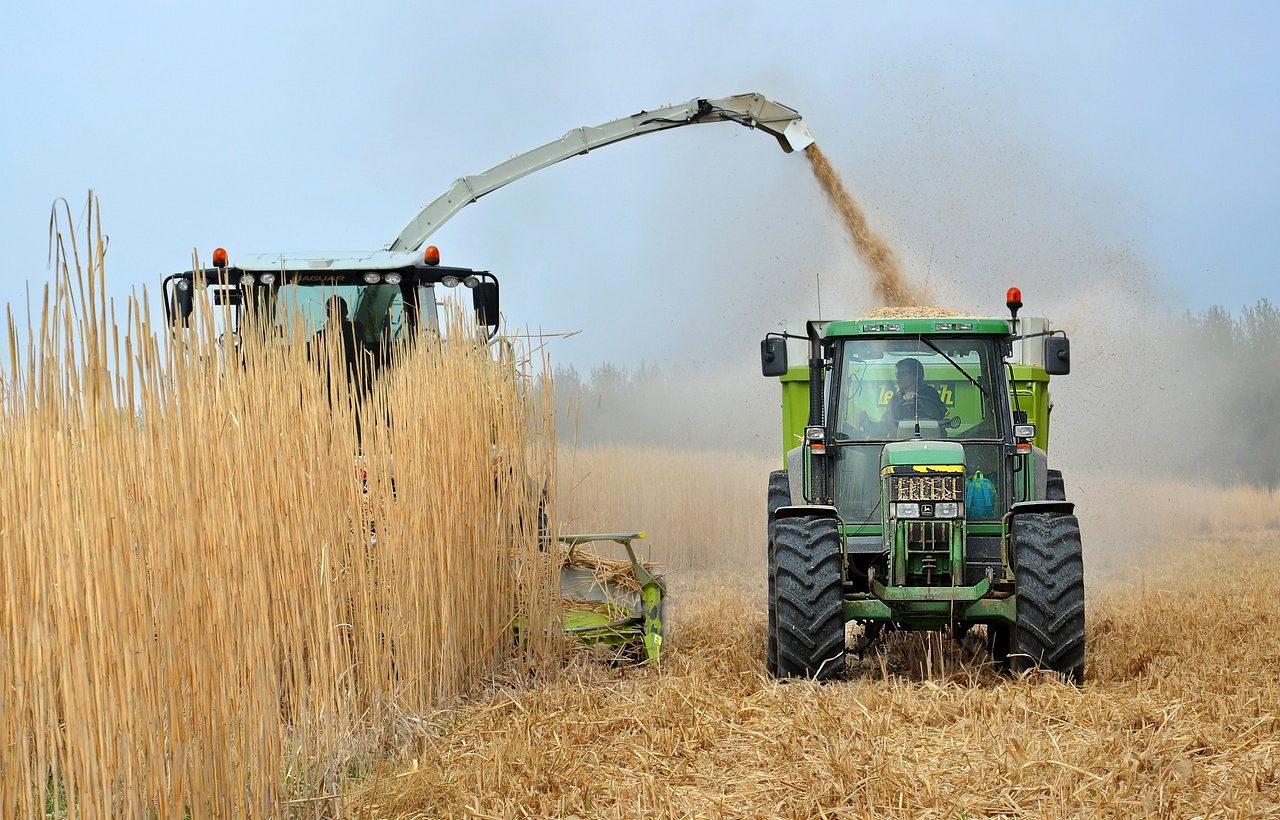
Bioethanol is a fuel obtained through the anaerobic decomposition of organic waste.
Bioethanol is a fuel that is generated through the anaerobic decomposition of organic waste . Bacteria are responsible for degrading these wastes and producing the element in question.
It is important to keep in mind that bioethanol has the same chemical composition as ethanol (also known as ethyl alcohol ), therefore sharing all its characteristics. The difference is that, while bioethanol is generated from the processing of biomass , ethanol is obtained from other types of resources (such as the ethylene found in gasoline or the ethane in natural gas ).
One of the key terms in this context is fermentation , an incomplete oxidation process that does not require oxygen and results in an organic compound. For example, it is correct to say that any alcoholic liquor obtained by fermenting the sugar of a plant should be classified as bioethanol.
Advantages and disadvantages of bioethanol
As with the rest of biofuels , bioethanol is often the subject of debate. Many highlight that, unlike fossil fuels, bioethanol can be sustainable since it is produced from crops. In other words, it is a product that does not sell out.
Others, however, warn that obtaining bioethanol leads to an increase in the price of food since food crops are replaced by those needed for their production. The manufacture of bioethanol can also contribute to the advancement of deforestation .
According to analysts, an increase in bioethanol production will help minimize dependence on oil . Bioethanol can be produced in any region of the world: only the land is needed for crops. With oil fields it is different because they are found in specific places and can be depleted.

Bioethanol is obtained from crops.
Its current use
Anaerobic fermentation, that is, without the presence of oxygen , is a process that humans have used since ancient times with sugars and yeast, distilling them briefly before placing them in an aqueous solution. One of the traditional applications has always been the production of alcoholic beverages.
One of the reasons why the use of bioethanol as fuel for automobiles is rapidly growing is that it goes hand in hand with the measures that governments take to control the emission of greenhouse gases. According to certain studies, the emissions generated by bioethanol from the time it is produced until it is used are offset by those that occur throughout its development in the crop.
Despite the positive aspects of bioethanol, it is important to note that at the moment it is not possible to remove fossil fuels from the market since the methods currently used to produce it require the use of a much larger volume of energy than what is currently possible. gets.
Raw materials to produce bioethanol
Currently, many types of raw materials are used to produce bioethanol on a large scale, and depending on the plant used, certain properties of the fuel change, such as its performance. Let's see a classification below:
- Raw materials with a high sucrose content : sugar cane, sweets (candy, sugar-based foods), molasses, beets and sweet sorghum.
- Raw materials with high concentrations of starch : potato, cassava and corn.
- Raw materials with cellulose in high quantities : animal waste, agricultural industry waste (which includes citrus remains) and wood.
The complexity of the fermentation process varies depending on the raw material used; For example, when starting from starch it is greater than with sucrose , and cellulose represents even greater complexity.
